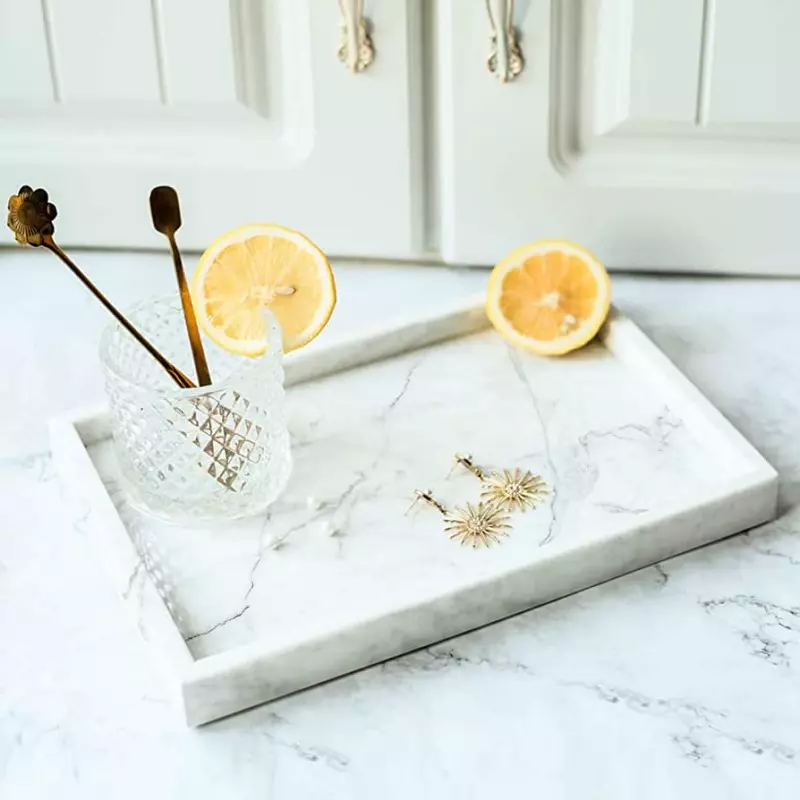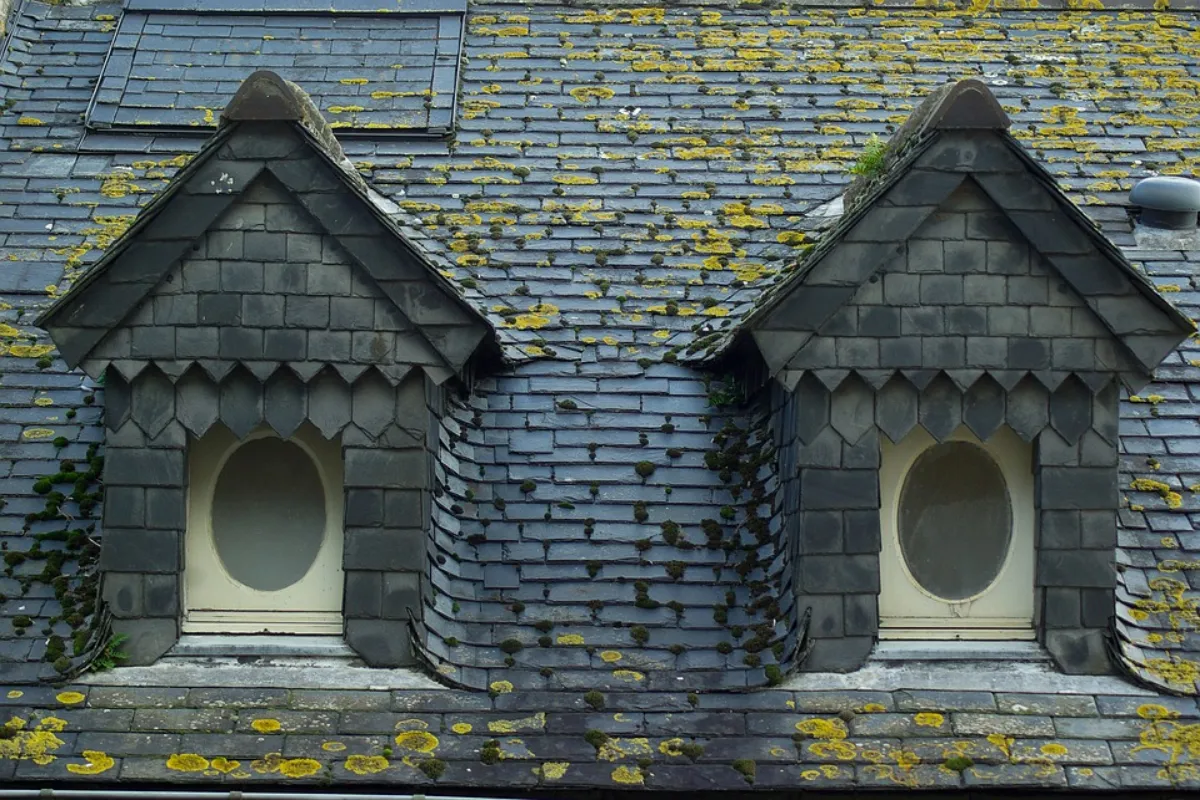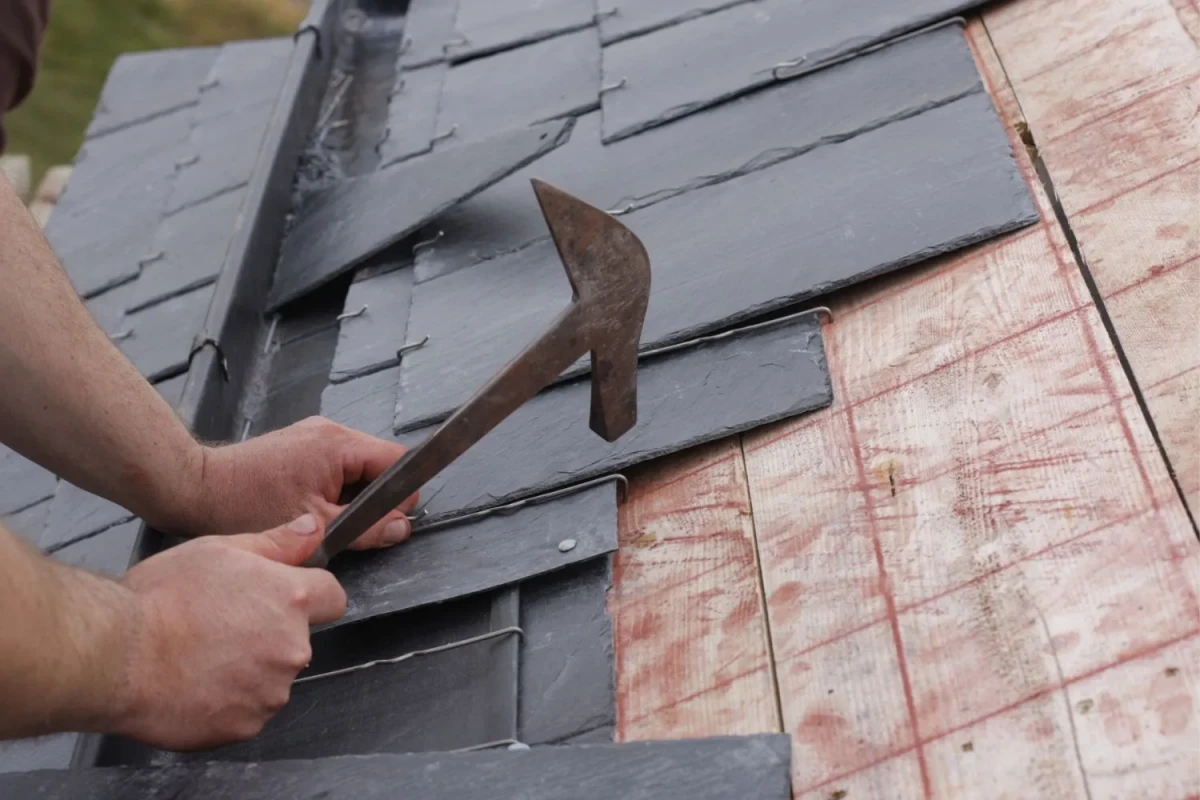The Difference Between Artificial Marble and Natural Marble
Artificial marble, also known as engineered or cultured marble, is a man-made product created from a combination of marble dust, resin, and pigments. Natural marble, on the other hand, is a naturally occurring metamorphic rock that is formed from limestone under high pressure and temperature. They differ mainly in the following points.
1. Main ingredients
Artificial marble: It uses natural marble or some natural stone materials, such as granite and other crushed stones, as filling materials, and then adds unsaturated polyester resin such as cement and gypsum as a binder, and then undergoes stirring molding, grinding and polishing. and other steps are made.
Natural marble: After the rocks in the earth’s crust have passed through the high temperature of the earth’s crust, under the action of high pressure, the rocks slowly become metamorphic rocks, and finally become marble, which is a natural stone produced by nature.
2. Excipient ingredients
Artificial marble: Inorganic substances such as natural marble, glass powder, dolomite and calcite are used as powder, and unsaturated polyol resin is added as a binder. Add appropriate amount of flame retardant and dye, mix together in this way, and carry out molding and solidification through porcelain casting, vibration, compression, extrusion and other processes, and finally form artificial marble.
Natural marble: the main components are mostly calcite, serpentine and limestone, etc., and a relatively small number of natural marble components are white marble and argyi leaf green.
3 stone advantages
Artificial marble: Man-made, it is much richer in color than natural stone, and has no radiation. In terms of flexibility, it is also better than natural marble, and the connection gap between each piece of marble is not obvious, and the overall appearance is strong.
Natural marble: It is very hard, so it has good wear resistance. The texture is also very natural. It feels better after polishing. It is not afraid of coloring. It has natural pores and will penetrate.
4. Disadvantages of stone
Artificial marble: Because of its low hardness, it is easy to scratch. Because in the production process, some chemical synthetic substances need to be added, which will cause harm to the human body.
Natural Marble: Because of its brittle texture, it is easy to break. There is no way to achieve seamless splicing when decorating. There will be obvious bonding marks, and it is easy to breed residual bacteria, and the elasticity is insufficient, and it is difficult to repair after damage. Some natural marble has radiation, which is harmful to the human body.
5. Scope of application
Artificial marble: Most of the places used are kitchen and bathroom, and many are used to make cabinets, floors, window sills, etc.
Natural marble: those with purer texture and less impurities can be used outdoors, such as white marble and argyi leaf green; while other varieties can only be used as interior decoration materials.
While both materials have their benefits and drawbacks, the choice between the two ultimately depends on personal preferences and specific project requirements.
2023-05-08





